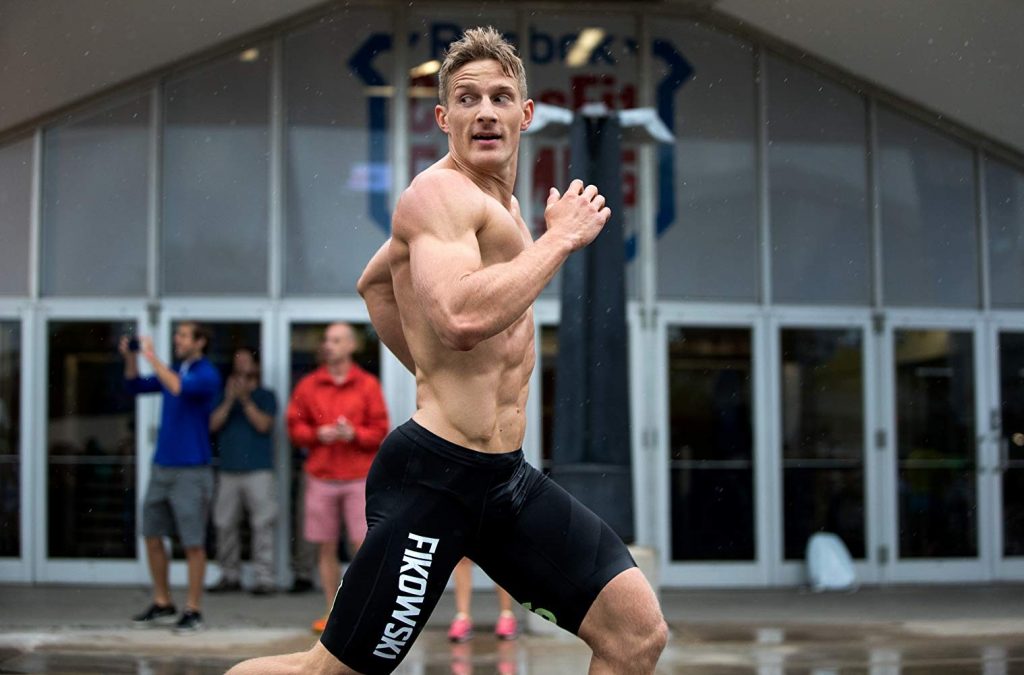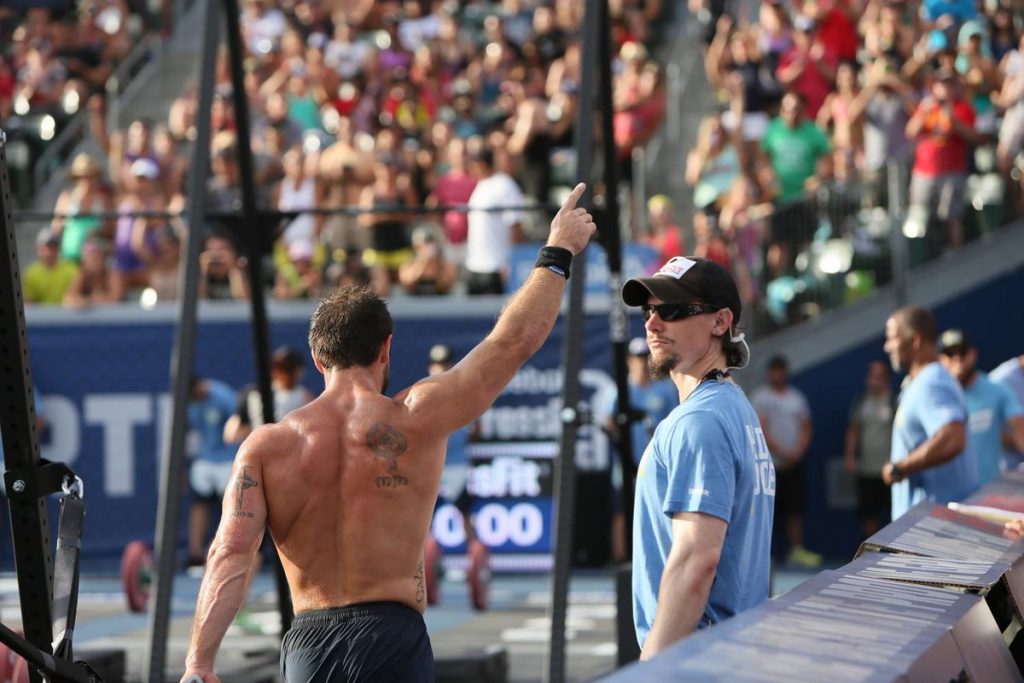Cognitive flexibility vs. cognitive rigidity: who you got?
Human beings are strongly attached to their belief system and there’s an obvious reason to that. These principles are the byproduct of our interaction with the environment, which means many of them have been around for a long time… how not to get clingy?
The problem is that sometimes this attachment can go a little too far meaning we consider our beliefs to be universal truths. We tend to forget that precisely because these ideas are born from our own personal experiences, they’re entirely subjective.
They’re continuously changing and that depends on life circumstances that come and go. So basically, two ideas that were forged in different life stages can coexist even if they’re completely opposite; and we still act like our belief system is the law!
This is where cognitive flexibility and cognitive rigidity come into play. An example of cognitive rigidity is an athlete that decides to go Rx in an Open Workout and isn’t able to keep moving the weight in the second round. The athlete went in believing it was achievable and in the face of not being able to continue they fail to adapt to the situation (scaling the weight and finishing the workout) and become frustrated and angry.
An athlete with cognitive flexibility faced with the same situation would decide to switch to a more manageable weight in order to get the intended stimulus out of the workout.
So… both styles can have the same beliefs?
Correct. The content of our beliefs doesn’t necessarily establish a rigid or flexible cognitive style. How we use them is what ultimately sets the tone.
Consequences of cognitive rigidity
Cognitive rigidity can have a negative impact on our social relationships. Also, it can help initiate and maintain a variety of psychological disorders – which makes a lot of sense if you think about it –.
Generalized Anxiety Disorder or Obsessive-Compulsive Disorder are both characterized by excessive worrying. Depression disorders involve recurring thoughts of insecurity and hopelessness towards the future. Cognitive rigidity makes it harder to rebuild those thoughts and reinterpret situations.
The content of our thoughts and belief system are essential for our behavior. Feelings are guided by our beliefs and ideas as we saw in this article; that’s why it’s so important to train flexibility.
Learn to unlearn

Imagine your thoughts like a full snatch. You have the the first pull, the transition, the second pull, the turnover, the catch and rising from the squat position. Some people fail to finish the second pull and others miss the catch; ergo, we all fail at different stages… and the same thing happens with our thought process.
There are people who’ve been snatching for 3 whole years with barely any hip extension and when they want to go back and fix it they realize that changing the pattern is a lot harder this time around. Identifying mistakes in an automatized pattern is very difficult, surely, but possible through training.
Use your inner lawyer
Your belief system plays a relevant role in your life and you should acknowledge it as such but don’t be afraid to put it into question from time to time. Maybe you’re one to think that the end justifies the means in Olympic lifting or that weights will make you look too muscular. But ask yourself why. Just that. Open your mind for different views – as Metallica would say –.
It’s almost offensive to assume we’re only able to provide one perspective. Our little heads are able to withhold a great deal of interpretations and it’s helpful for our mental health to use as many as we need.
I like to call it my “inner lawyer”. When a preconceived idea hits me – and I’ve managed to identify it – I start a little interrogatory. Let’s see how well these ideas stand up against my questioning. Try it some day and let me know how long it takes to smash it into the ground.
Bend before you break
In summary, cognitive flexibility will open more doors both physically and mentally. And if you’ve convinced yourself to stretch on a daily basis to improve your flexibility because you know you’ll see the benefits in CrossFit, it can’t be that hard to try and do it for your brain in general.






